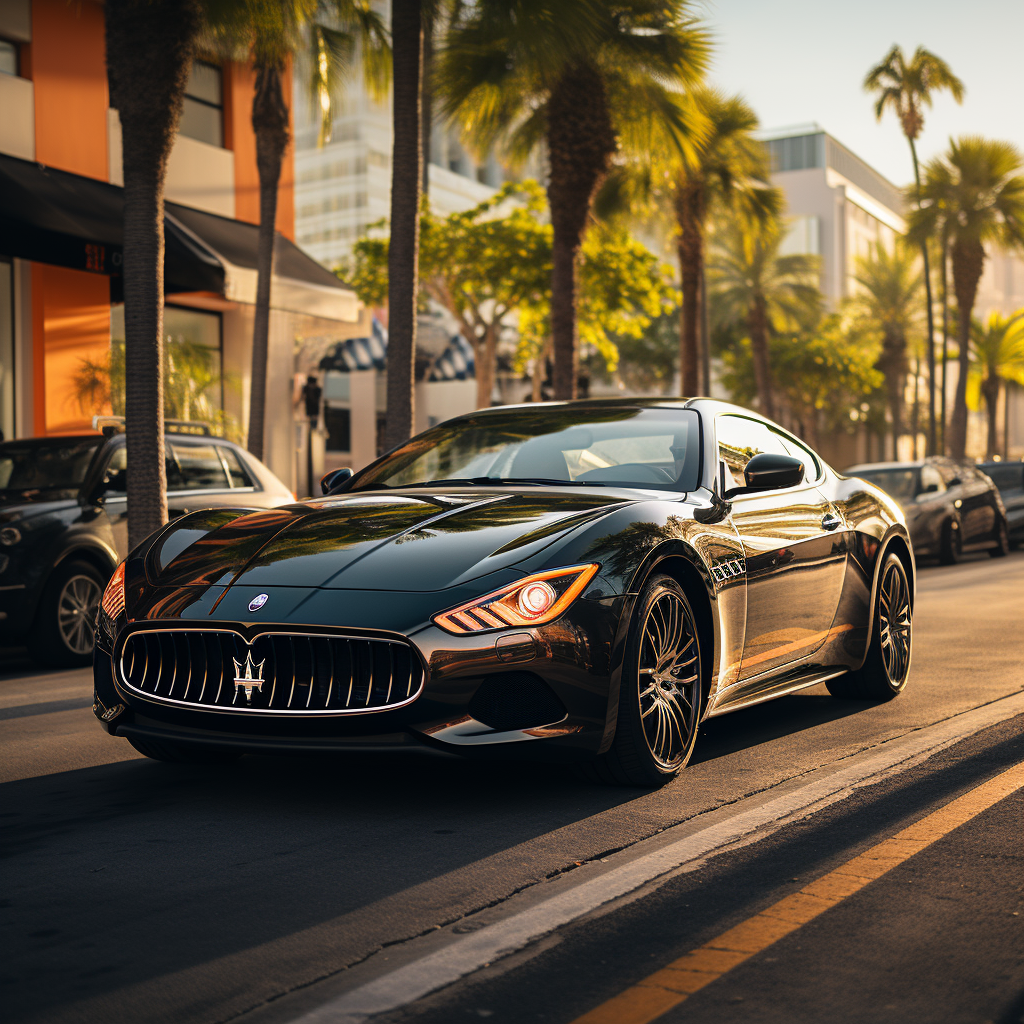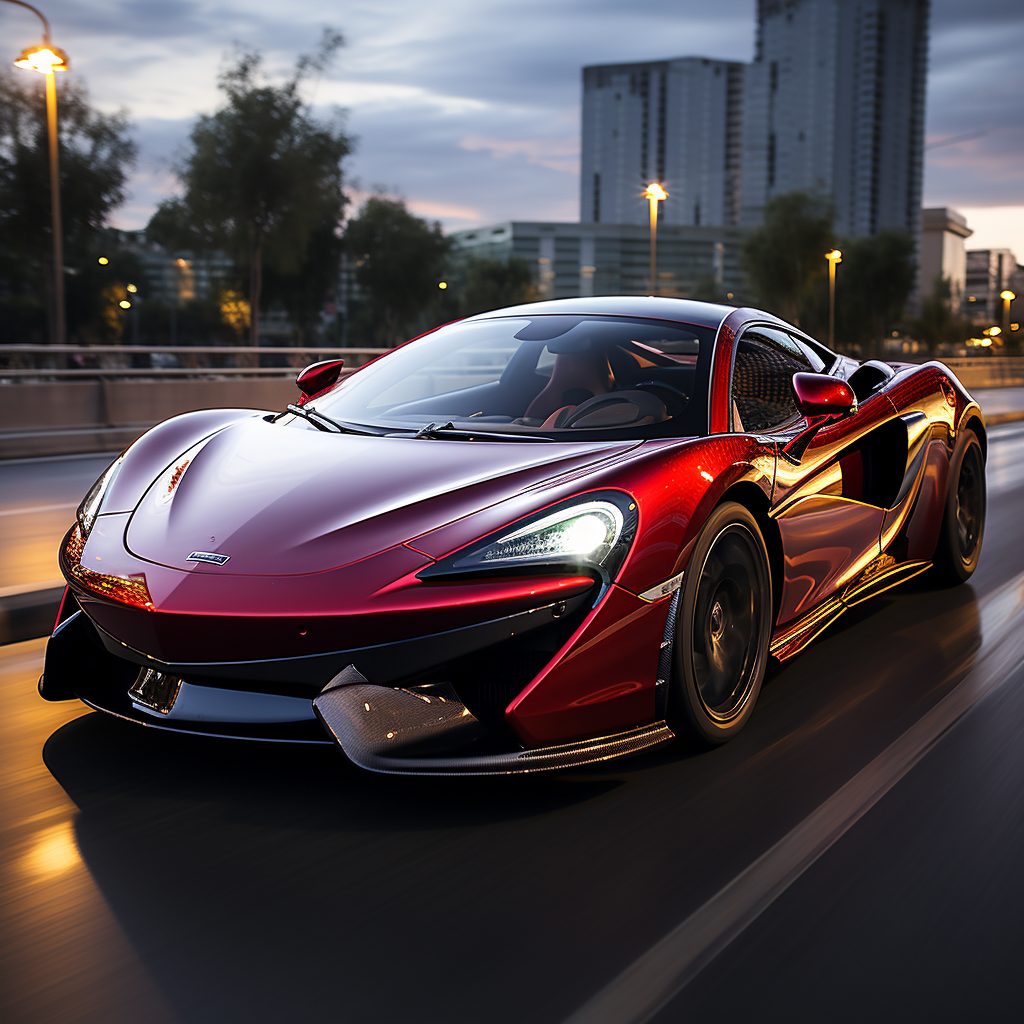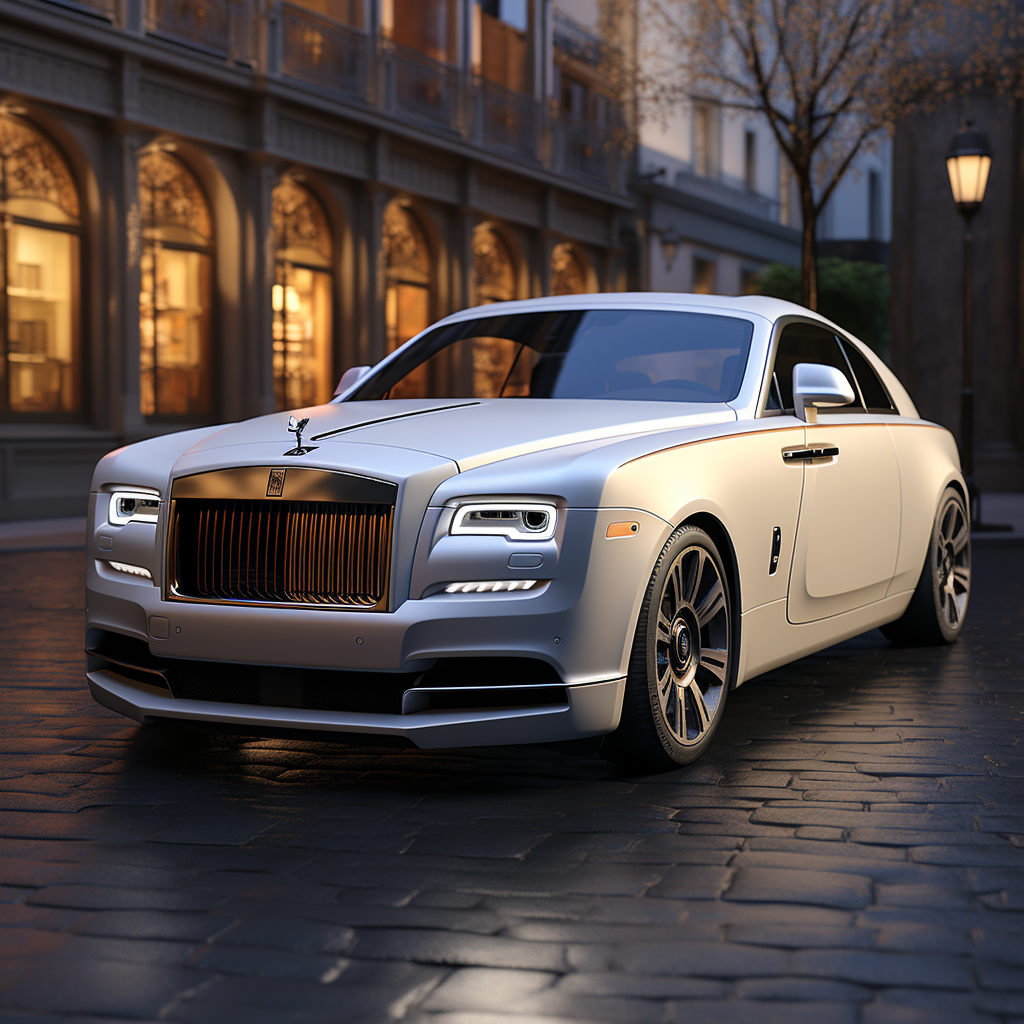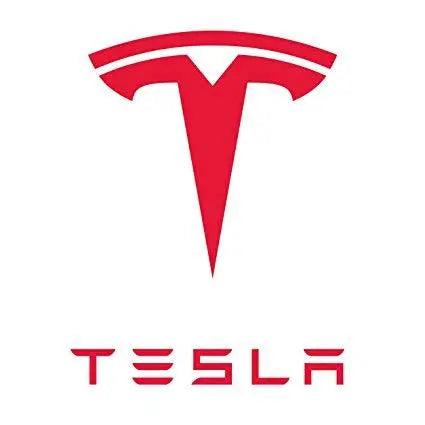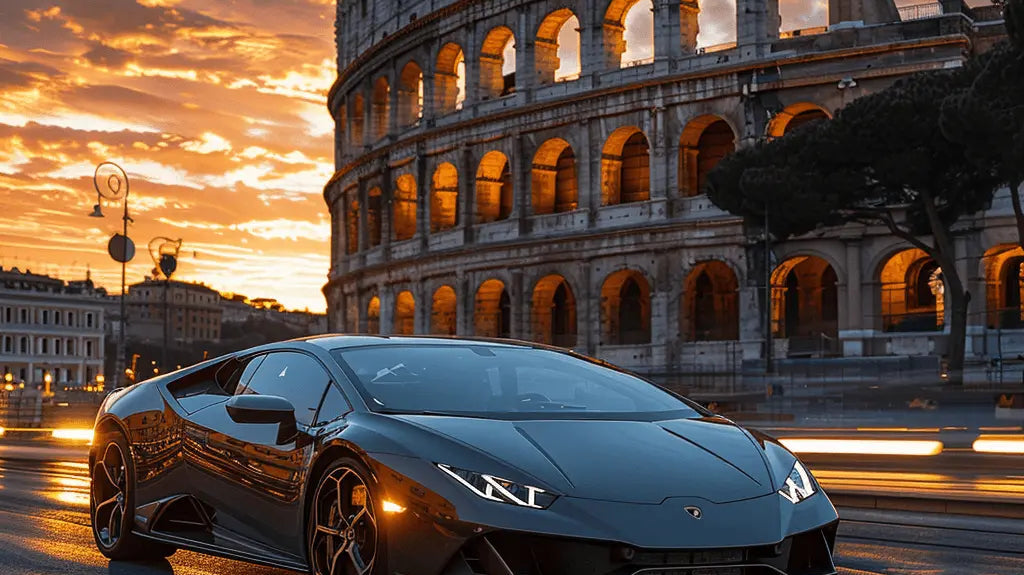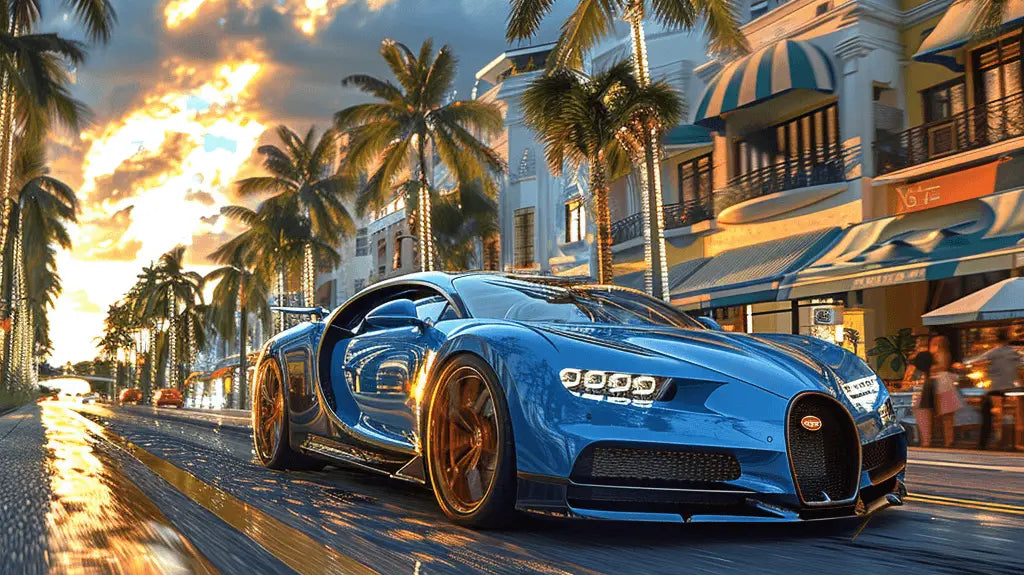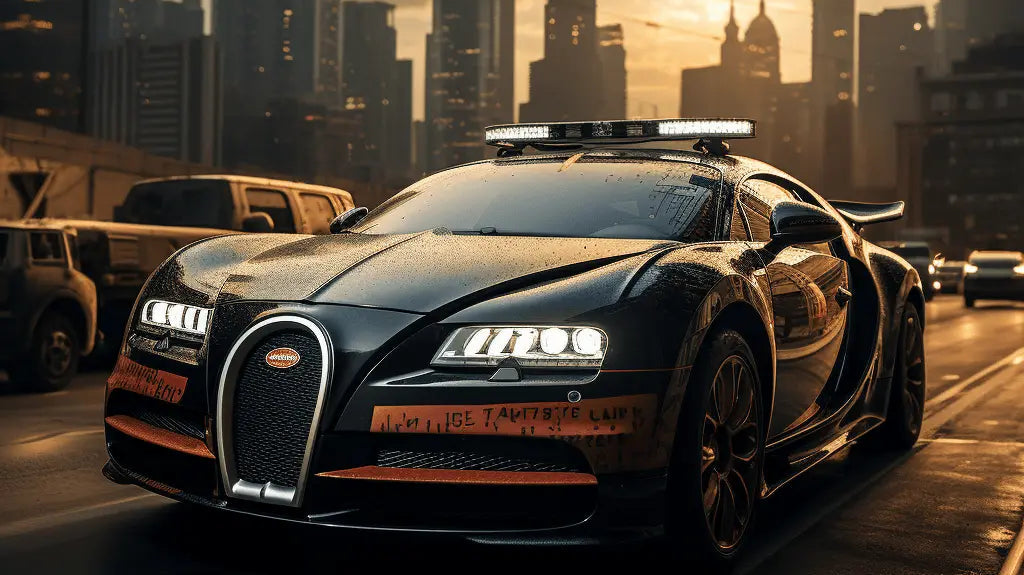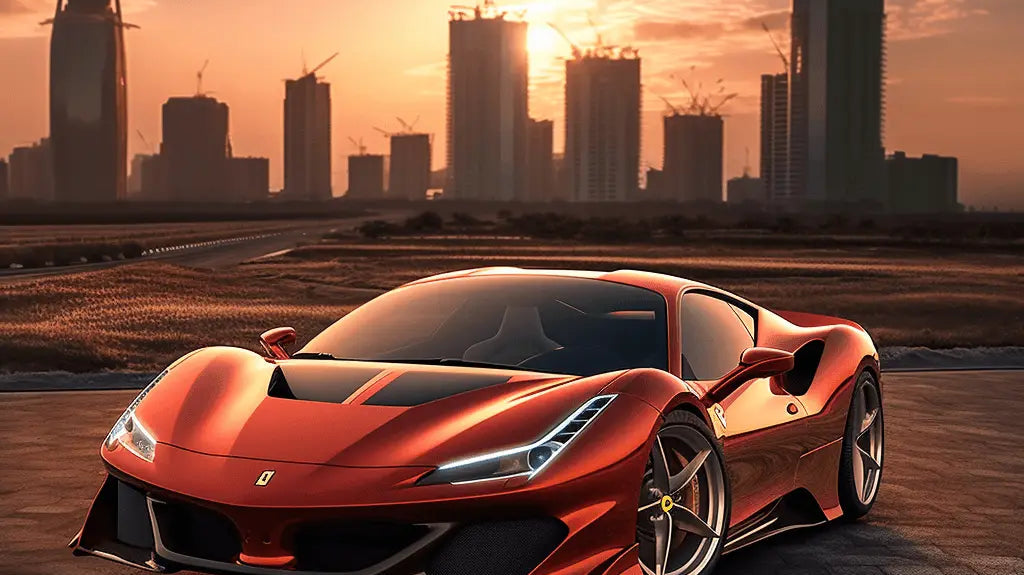Heute in der Autowelt: Xfinity-Drama in Phoenix, die Verkaufskönige des 21. Jahrhunderts und ein schwer zu ertragender Polizeieinsatz
Drei Notizen von einem koffeinreichen Sonntag: ein Champion, der auf einer sonnenverbrannten Meile in Arizona gekrönt wurde, ein Rückblick auf die Autos, die in den letzten 25 Jahren still und leise unsere Straßen beherrschten, und eine ernüchternde Erinnerung daran, dass es bei Fahrzeugen nicht immer nur um Pendelverkehr oder Rundenzeiten geht.
NASCAR Xfinity: Jesse Love gewinnt das Finale in Phoenix, Zilisch ist vom Format enttäuscht.
Auf der 1,6 Kilometer langen Dogleg-Kurve des Phoenix Raceway – einer Strecke, die Mut und Überheblichkeit gleichermaßen bestraft – tat Jesse Love das Einfache, aber Unerbittliche: Er gewann das Rennen und damit die Meisterschaft der NASCAR Xfinity Series. Zwei Berichte von Road & Track erzählen die Geschichte aus beiden Perspektiven: Love machte im Finale den Sack zu, während Connor Zilisch, der die ganze Saison über mitreißend war, den Titel im NASCAR-Playoff-System mit ansehen musste.
Ich habe schon viel zu viele Novembernachmittage in Phoenix verbracht und zugesehen, wie späte Neustarts die Wüstenluft in Konfetti und Bremsstaub verwandelten. Die Strecke ist selbst eine Hauptfigur: kurz, technisch anspruchsvoll und gnadenlos, wenn man auch nur einen Zentimeter daneben liegt. Dieser Dogleg-Dive? Entweder man landet im Highlight-Video oder man kassiert einen teuren Briefbeschwerer. Love machte ihn zu einem Triumph.

- Die Realität sieht so aus: Im Championship-4-Zeitalter geht der Titel nicht immer an den Spieler mit den meisten Punkten über die gesamte Saison; er geht an denjenigen, der die anderen drei an diesem Tag schlägt. Love hat genau das geschafft.
- Zilischs bittere Enttäuschung: Laut Road & Track verlor er nicht über neun Monate an Tempo – er verlor am letzten Tag aufgrund der reinen Berechnung. Für die Fans ist es ein Nervenkitzel, für die Fahrer eine bittere Pille.
- Der Phoenix-Faktor: Schwankungen der Streckentemperatur, die Fähigkeit, auf kurzen Distanzen schnell zu sein, gegen die Geduld auf langen Distanzen und der erbitterte Kampf in der Boxengasse machen dieses Finale zu einer Qual für Strategen.
Was das Format belohnt (und warum das umstritten ist)
Die Xfinity-Serie setzt auf Spektakel. Die Playoff-Struktur belohnt Höchstleistungen unter größter Aufmerksamkeit. Traditionalisten argumentieren, eine Meisterschaft sollte ein Marathon und kein Sprint sein. Das moderne NASCAR sagt: Zeig, was du kannst, wenn die Kameras am meisten brennen. Am Samstag in der Wüste war Love in absoluter Höchstform.
Die meistverkauften Autos des 21. Jahrhunderts: bekannte Markenzeichen, neue Formen
Autocar hat die Verkaufsschlager des 21. Jahrhunderts zusammengestellt – eine Liste, die sich liest wie die gesamte Mietwagenflotte der Welt plus die Einfahrt Ihres Nachbarn. Die Spitzenreiter werden Sie nicht überraschen: Klassiker wie der Toyota Corolla und die Ford F-Serie prägten die ersten Jahrzehnte, während in der zweiten Hälfte der 2010er und Anfang der 2020er Jahre Crossover wie der Toyota RAV4 und der Honda CR-V die Spitzenposition eroberten. Und dann die überraschende Wendung: Ein Elektroauto, das Tesla Model Y, schoss 2023 an die Weltspitze und signalisierte damit, dass der Stimmungswandel am Markt keine bloße Theorie mehr ist.

Aus meinem Notizbuch – unzählige Corollas und Golf Diesel auf Flughäfen in ganz Europa, dazu ein Meer von F-Series-Trucks, die alles von Heu bis zu Hoffnungen transportieren – hier ist, was Autos auf allen Kontinenten konstant gut verkauft:
- Allgegenwärtigkeit und Vertrauen: Dank massiver Händlernetze und der Verfügbarkeit von Ersatzteilen ist der Besitz in Omaha oder Osaka unkompliziert.
- Vorhersehbare Kosten: Konservative Antriebsstränge, lange Lebenszyklen und günstige Versicherungstarife halten die Gesamtbetriebskosten im Rahmen.
- Eine durchdachte Raumaufteilung: Große Kofferräume, nutzbare Rücksitze und Getränkehalter dort, wo man sie erwartet.
- Flottennachfrage: Taxis, staatliche Abnehmer und Firmenflotten sorgen dafür, dass die Fahrzeuge auch dann noch in Bewegung bleiben, wenn der Einzelhandel schwächelt.
- Antriebspragmatismus: Hybride wurden stillschweigend zum Standard; vollelektrische Fahrzeuge knacken jetzt den Code in Sachen Reichweite und Ladenetze.

| Thema | Limousinen/Schrägheckmodelle (2000er bis Anfang der 2010er Jahre) | Crossover/SUVs (Mitte der 2010er bis 2020er Jahre) |
|---|---|---|
| Warum sie verkauften | Erschwinglichkeit, Kraftstoffverbrauch, Flottenvolumen | Platzangebot, Fahrzeughöhe, gefühlte Sicherheit, Familienattraktivität |
| Globale Präsenz | Überall gebaut, vereinfachte Logistik | Mittlerweile gleichermaßen global, da die Plattformen konvergiert sind |
| Technologieeinführung | Stufenweise (ABS, grundlegendes Infotainmentsystem) | Schnell (ADAS, vernetzte Dienste, Hybride/Elektrofahrzeuge) |
| Wirtschaftswahrnehmung | „Günstig im Betrieb“ war die Visitenkarte. | Hybridfahrzeuge normalisierten den Kraftstoffverbrauch im Crossover-Segment; der Nachteil ist größtenteils verschwunden. |
| Design-Kadenz | Lange Lebenszyklen, konservative Facelifts | Häufige Aktualisierungen; Anpassungen für jede Nische |
Eine Erkenntnis aus dem Alltag mit diesen Autos: Crossover sind in den langweiligen Bereichen deutlich besser geworden. Der aktuelle RAV4 und CR-V fahren sich so ruhig, wie es ältere Limousinen auf holprigen Stadtstraßen kaum geschafft haben. Und ja, ich vermisse immer noch das Lenkgefühl eines alten Focus auf einer nassen Landstraße – aber für Fahrten zur Schule und Skiurlaube sind sie einfach unschlagbar.
Ein beunruhigendes Polizeivideo erinnert uns daran, dass es um viel geht.
Carscoops veröffentlichte ein verstörendes Video, in dem ein Polizist versucht, einen Mann mit einem Streifenwagen zu überfahren. Solche Aufnahmen möchte man am liebsten nie sehen, und sie treffen jeden, der sich mit Themen wie Straßenverkehr, Verantwortung und öffentlichem Vertrauen auseinandersetzt, wie ein Schlag in die Magengrube.

Ich will hier nicht den Besserwisser spielen. Die einzig sinnvolle Erkenntnis ist vorerst die Erinnerung daran, dass Fahrzeuge Macht verkörpern – im übertragenen wie im wörtlichen Sinne – und dass der Umgang mit dieser Macht entscheidend ist. Für alle Autofahrer im Alltag bedeutet das: Immer die Dashcam eingeschaltet lassen, bei jeder Begegnung im Straßenverkehr gut sichtbar sein und bedenken, dass unser aller Verhalten im Umgang mit Autos die Atmosphäre auf unseren Straßen prägt.
Kurzinfos und Fazit
- Das Playoff-Format der NASCAR erfüllte genau seinen Zweck: Es bündelte die gesamte Saison in einem einzigen Showdown in der Wüste. Jesse Love dominierte den Moment; Connor Zilisch musste die bittere Pille schlucken.
- Die Verkaufsschlager des 21. Jahrhunderts beweisen die Marktpräferenz für Nützliches und Einfaches. Elektrofahrzeuge sind längst nicht mehr die Ersten, die auf den Markt kommen – sie sind längst Standard.
- Die Straßenkultur besteht nicht nur aus Rundenzeiten und Leasingverträgen. Verantwortlichkeit ist wichtig, auf und neben der Rennstrecke.
Abschluss
Wenn uns Phoenix eines gelehrt hat, dann, dass Enden selten fair sind – aber endgültig sein können. Die Verkaufszahlen erinnern uns derweil daran, dass Käufer mehr Wert auf Bequemlichkeit als auf Charisma legen, bis sich die Dinge ändern (Hallo, Elektroautos!). Und dieses Video? Ein eindringlicher Appell, jedes Fahrzeug als die Verantwortung zu behandeln, die es ist. Wir sehen uns auf dem Weg zur Arbeit – und vielleicht auch in der Kurve, wenn du den nötigen Mut mitbringst.
Häufig gestellte Fragen
- Wer hat die NASCAR Xfinity Series-Meisterschaft 2025 gewonnen?
- Jesse Love gewann das Finale in Phoenix und sicherte sich damit die Meisterschaft, wie Road & Track berichtet.
- Warum hat Connor Zilisch den Titel verpasst?
- Er unterlag im Playoff-Format der NASCAR, bei dem der beste Fahrer unter den Championship 4 beim Finale in Phoenix den Titel gewinnt.
- Welche Automarken dominieren den Automobilmarkt des 21. Jahrhunderts?
- Zu den langjährigen Marktführern zählen Modelle wie der Toyota Corolla und die Ford F-Serie, während Crossover wie der Toyota RAV4 und der Honda CR-V im letzten Jahrzehnt einen starken Aufschwung erlebten. Das Elektroauto Tesla Model Y hat kürzlich die weltweiten Verkaufszahlen angeführt.
- Verdrängen SUVs Limousinen als Verkaufsschlager?
- In vielen Märkten ja. Crossover vereinen Platz und Effizienz (oft mit Hybridantrieb) und erreichen oder übertreffen mittlerweile Limousinen in puncto Komfort und Technologie.
- Was ist über das Video des Polizeieinsatzes bekannt?
- Carscoops berichtete über ein Video, das einen Polizisten zeigt, der versucht, einen Mann mit einem Streifenwagen zu überfahren. Weitere Details waren in der Kurzmeldung nicht enthalten; es handelt sich um einen ernsten und besorgniserregenden Vorfall.
Premium Accessories for Mentioned Vehicles
Custom-fit floor mats and accessories for the cars in this article






